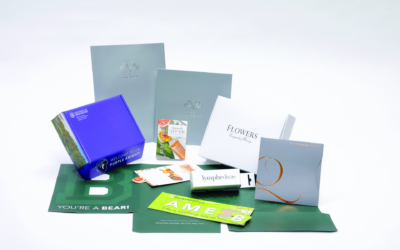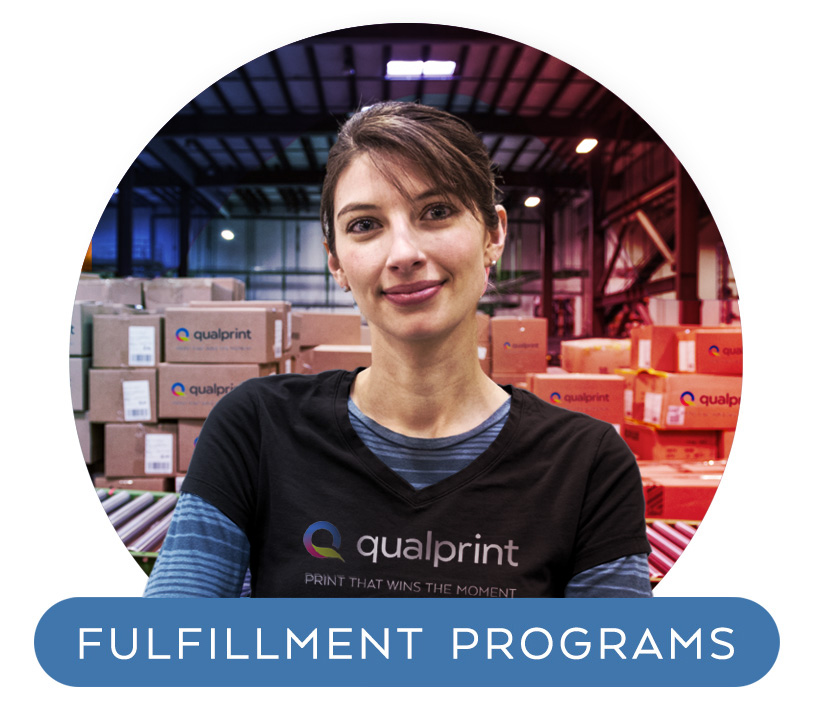Getting your Brand Story into Your Brochures and Mailers
You’ve probably heard and read a lot about “brand” and “product stories” over the last few years. They’ve been one of the hottest topics in marketing, and marketing experts have been encouraging everyone to incorporate them into their marketing programs wherever they can. We support that, and we believe that including your brand or product story in your printed marketing materials is a great way to help win the moment for your brand. The opportunity is made even bigger by the fact that a lot of brands aren’t doing it well – in part because there is misunderstanding about what brand and product stories are. So we’ll start there.
What is a Good Brand or Product Story?
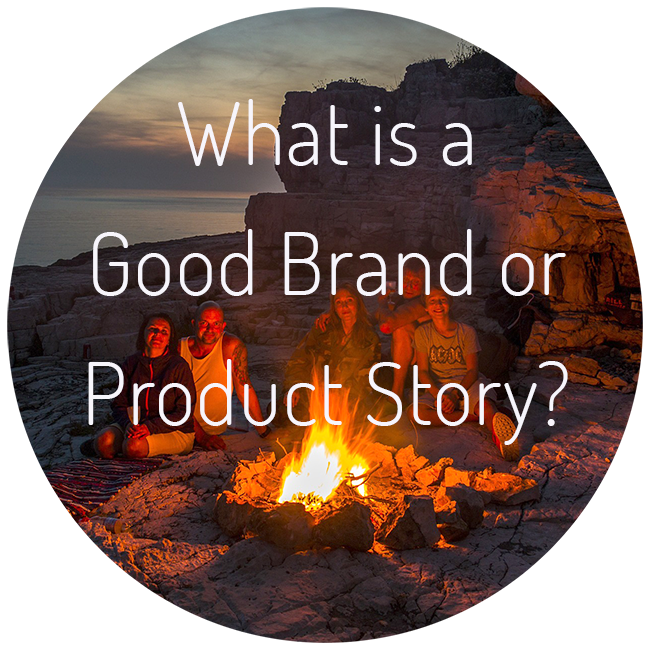
And why does a good story matter? If you Google those questions, you’ll get billions of hits. So, we’ll just give you our short take on them.
First, a story is what it sounds like – something people have been telling around campfires for millenniums. A brand or product story is a story that explains why your brand or product exists, who it’s designed to serve and how it came about. A good one is like a good movie, book or podcast and shares some of the same basic elements – for instance:
- At least one character – for instance the founder of your company, or a driven researcher in RD – or maybe even a prospective customer (think of the founder of Dyson who spent years working on a more powerful and bagless vacuum cleaner).
- A wrong to be righted – for instance something missing from competitive offerings that needs to be corrected, or a customer who has a problem with no easy solution (for instance, the founders of Uber thought that hailing and paying for taxis was a problem in need of a solution).
- Something that helps explains what your company values and why it does what it does including perhaps what it cares about and who it hires. Examples could include saving people money, making the world a greener place or just doing something better than anyone else.
- Some action – perhaps your company’s founder as a supporting character working to right the wrong.
- Maybe a little humor or irreverence which may not be right for all brands, but still, a little lightheartedness can make a brand feel less corporate and more human.
- A happy ending where it’s all figured it out, someone’s life has been made better – even if just marginally – and something important has now been brought to market
- Authenticity – it should sound real, poignant and not like something just made up by your PR department.
Now, you could just stick to a list of your product’s features and benefits, but adding a good story does so much more. It explains why you do what you do in a memorable way. And the most important part of a good story is the feeling it creates among your potential customers. Today’s customers want to know you and like you. They want to know that you care about the same things they care about. They want to see you not as a faceless institution, but as something with a heart and soul powered by people. They want a real emotional connection. A story is a great way to accomplish all these things. See two examples of good stories on this page – one from Vall Llach Winery. The other from Warby Parker – an eyewear retailer.
Contact us now
For more information and if you need assistance with printing and print marketing
Phone: (413) 442-4166
Blog Form
Do You Have a Story?
If you aren’t telling a story now and want to, perhaps you’re wondering if you even have one. You do. It’s there somewhere. You just might have to look. And the best way to get started is to look at some of the most common types of story lines brands use, and then decide which works best for you.
How to Start – the Most Common Types of Stories
If you’re not telling a story but want to, here’s a list of some of the most common story lines brands use. All of them offer you different ways to give your audiences more insight into who and what you are.
- Why your company came to be
- How your products came to be
- What motivates your team to get up and come to work everyday
- A look at some of the people inside your company – who they are, what they care about and why they want to work there
- The causes your company supports – what it believes in
- Examples of some of the customers that use your brand and how it improves their lives
- A story about a particular customer or customers and how they were helped – and how they feel about the experience
- Some mix of the above
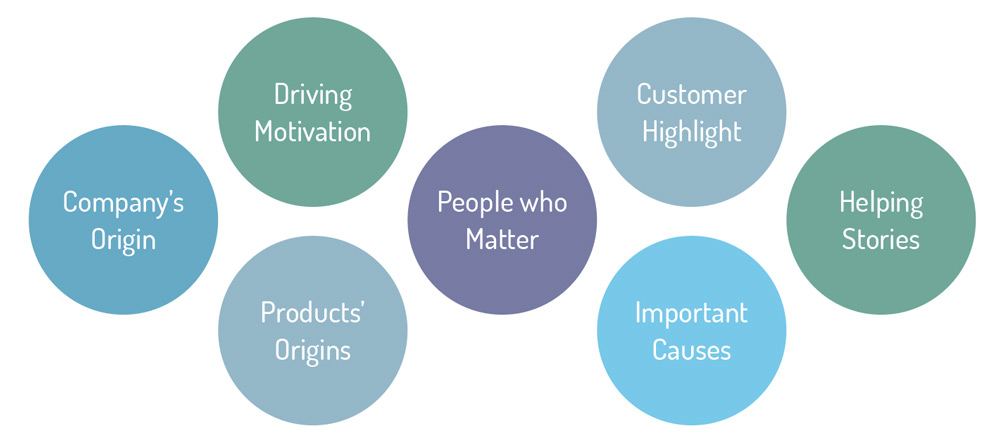
Building Stories into Your Printed Marketing Materials
Back to where we started. Why it’s important to weave your story into your printed materials.
At Qualprint, we have something we call our Win the Moment checklist. It’s a list of the things that a printed piece must due to succeed when it gets it’s shot in front of a potential buyer. A key item on that list is creating an emotional connection between the buyer and your brand – a reason for them to like, trust and identify with you. That’s where a good brand story comes in.
Can’t buyers just find your story on your website? Yes, if it’s there. But sometimes your product’s best and only shot in front of a prospective buyer is the printed materials they pick up in store or that you mail to them. You can’t afford to miss that chance.
And if you’re thinking there’s not enough space on your print work for storytelling, we’ll be happy to help you explore creative ways – both visually and in copy – to make story telling a vital contributor to the success of your printed marketing material.
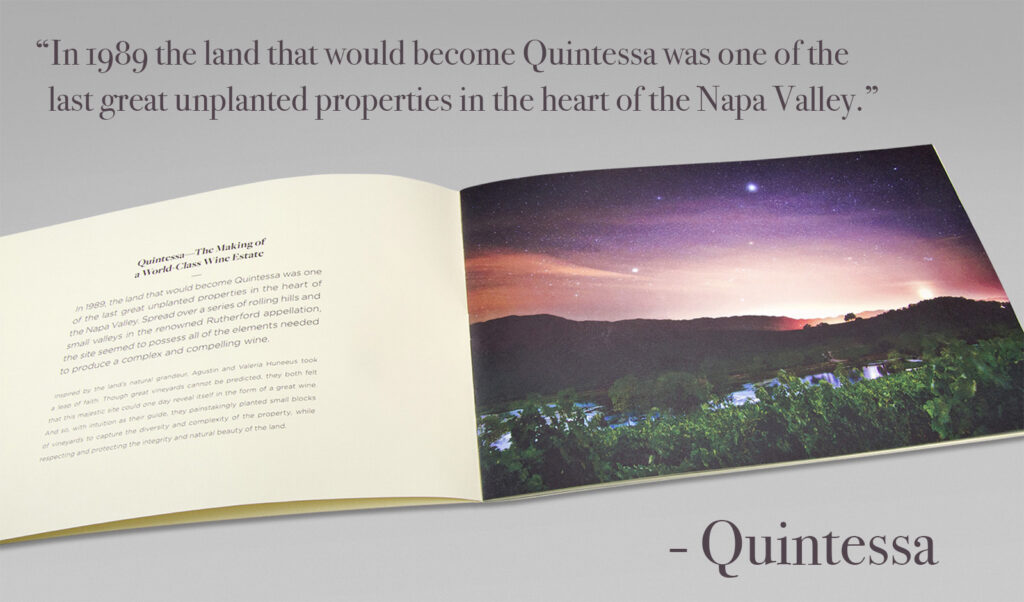
Vall Llach Winery – Porrera, Spain

Vall Llach’s story is told mainly with visuals showing the land and rustic life in Porrera, Spain – including photos of El Capitana, the 15-year old mule who ploughs the steep vineyard slopes. The impression it creates is of a small dedicated winery, committed to quality over quantity and with a deep-seated love for the region and its people. You can’t help but like it. And as a final touch – Vall Llach is raising money to repair two historic buildings in Porrera
Warby Parker – An Eyewear Retailer
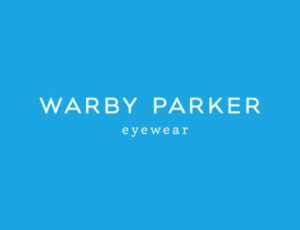
Warby Parker tells a story of how it was founded by some rebellious grad students to tackle the problem of expensive eyewear after one of its founders lost his glasses on a backpacking trip and couldn’t afford to replace them. And beyond that, to fix everything that is slow or uncomfortable about the process of buying eyewear. For instance, they send sample frames to your home for free so you can try them on in private and at your leisure. What’s more they have a cause – to give a free pair of glasses to someone in need for every pair they sell.
More stories from Qualprint...
Die-Cut Print Options & Die-Cut Examples
Die-Cutting in the print industry provides you with a creative way to differentiate yourself across the medium as well as enables a...
Top Ways to Improve Customer Experience at a Winery
Many customers who’ve visited a winery have felt something was missing in their experience? In an industry where every detail matters,...
Custom Printing for Marketing Agencies
Print remains an indispensable tool, partly because 75% of buyers find printed material to be more trustworthy than other types of...

